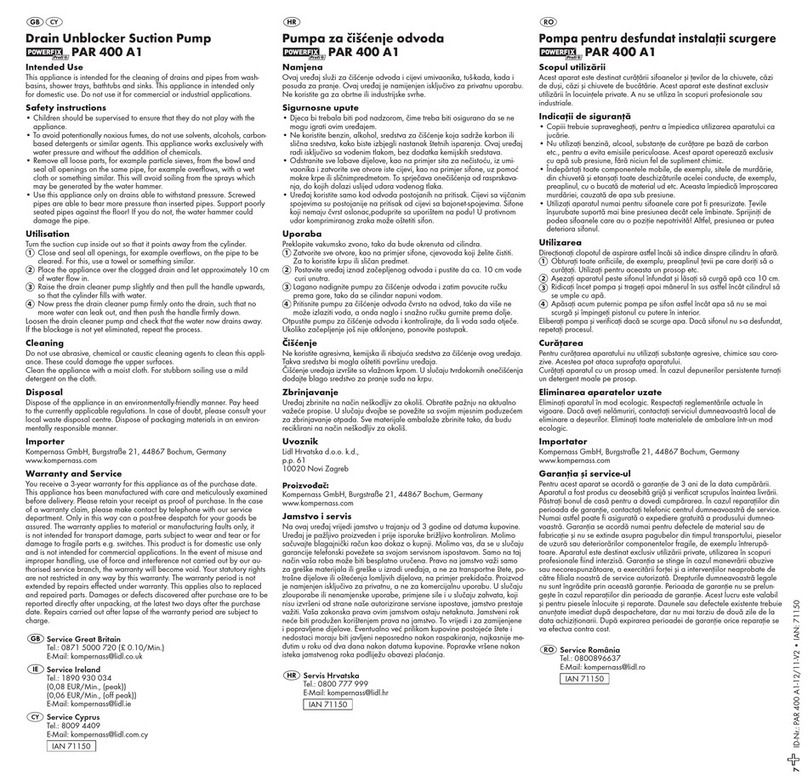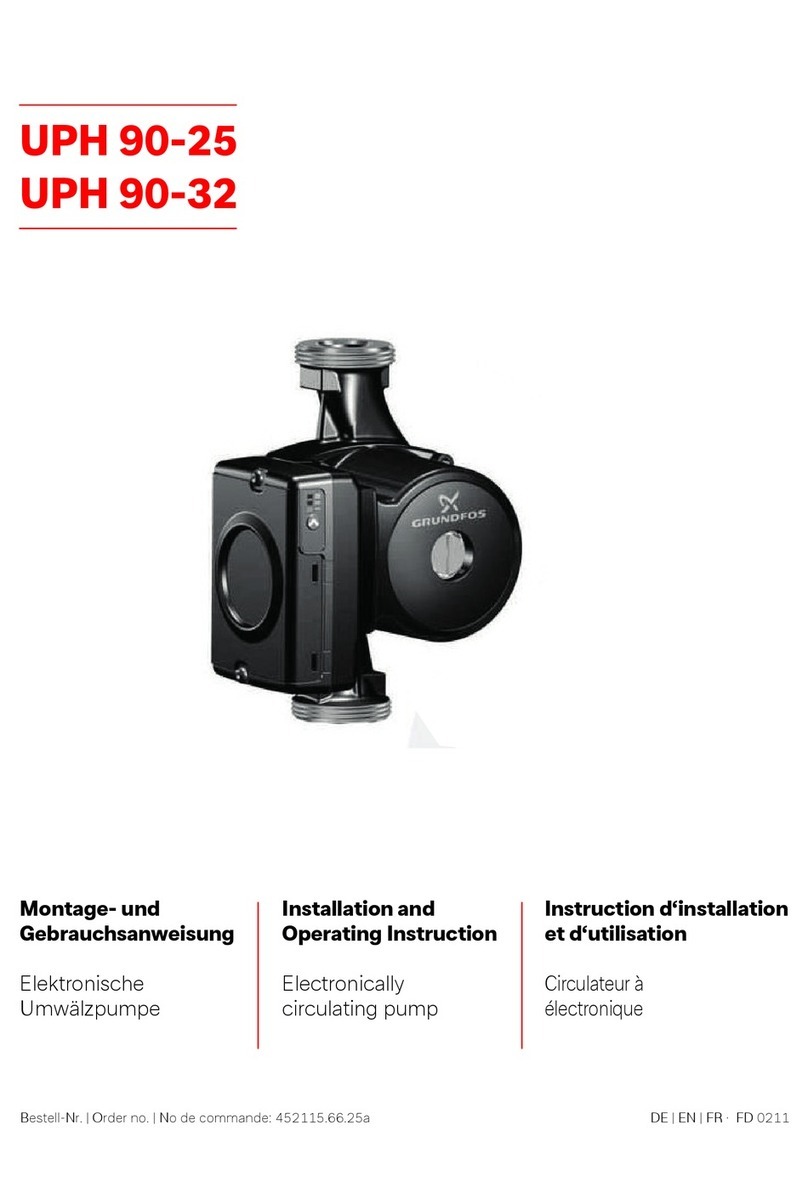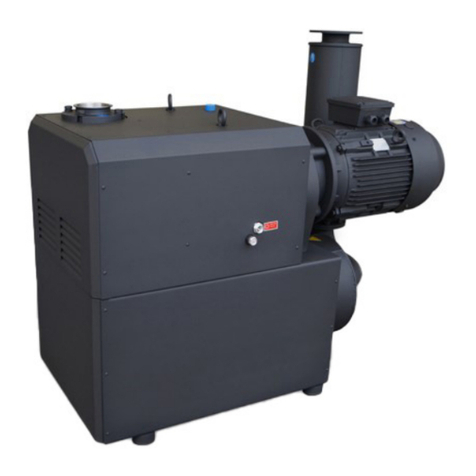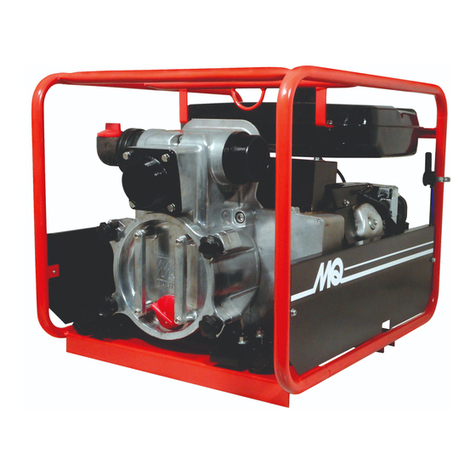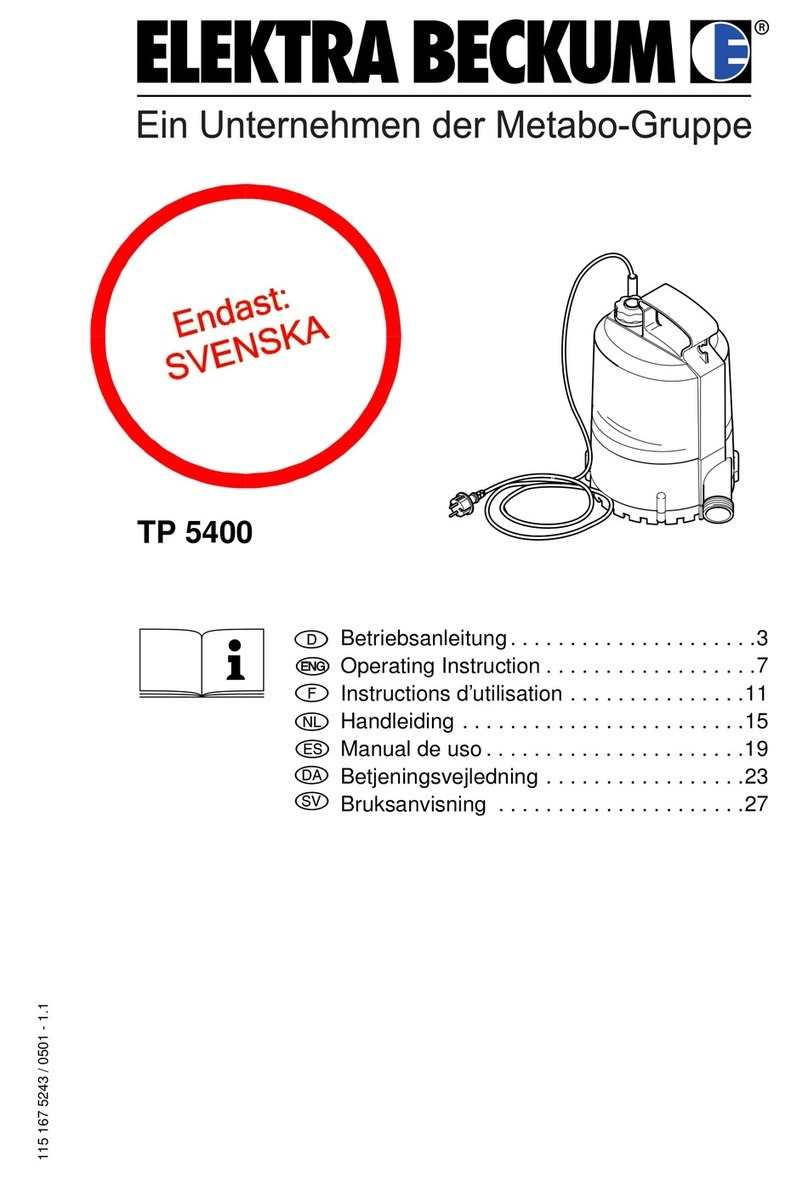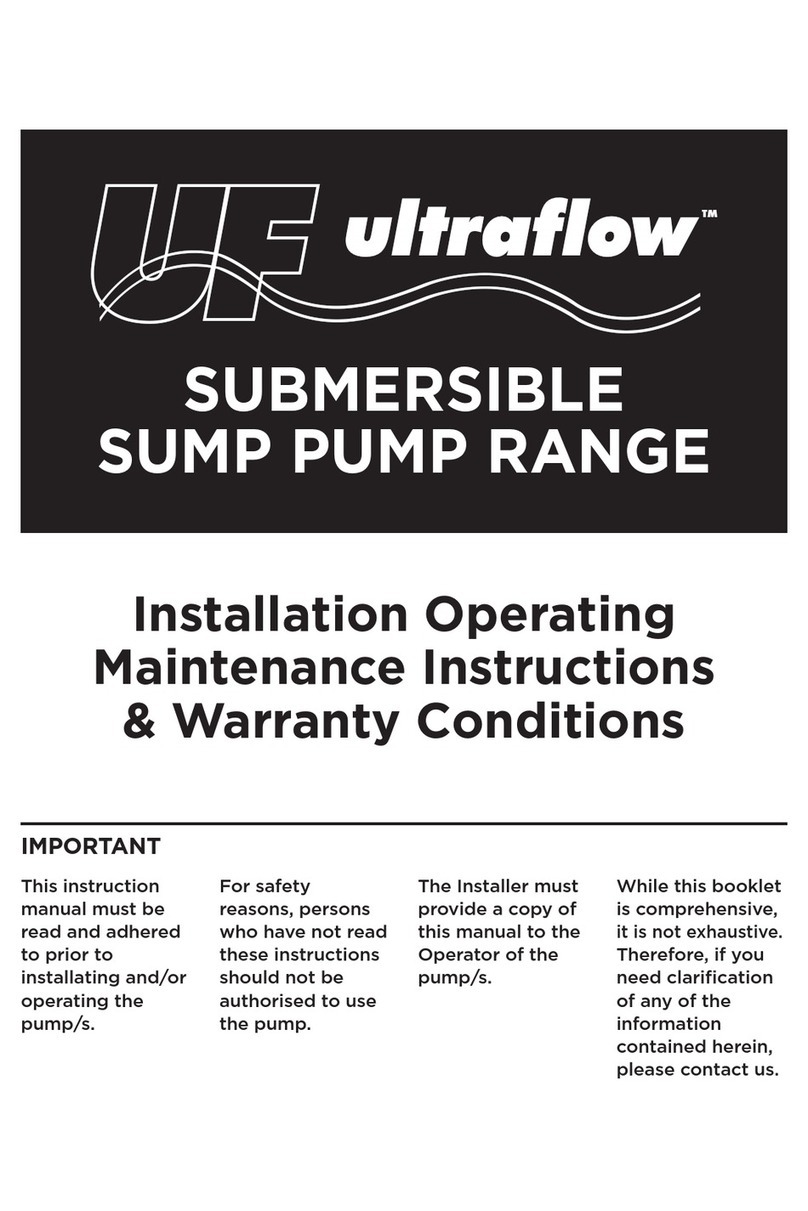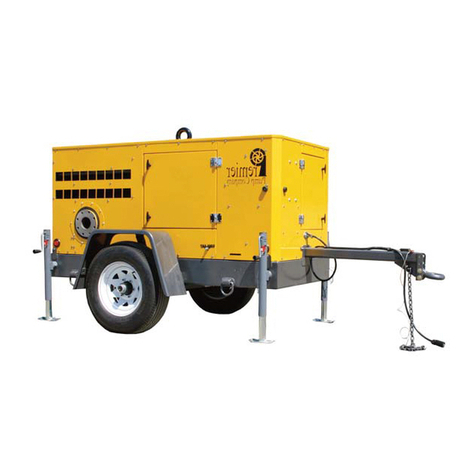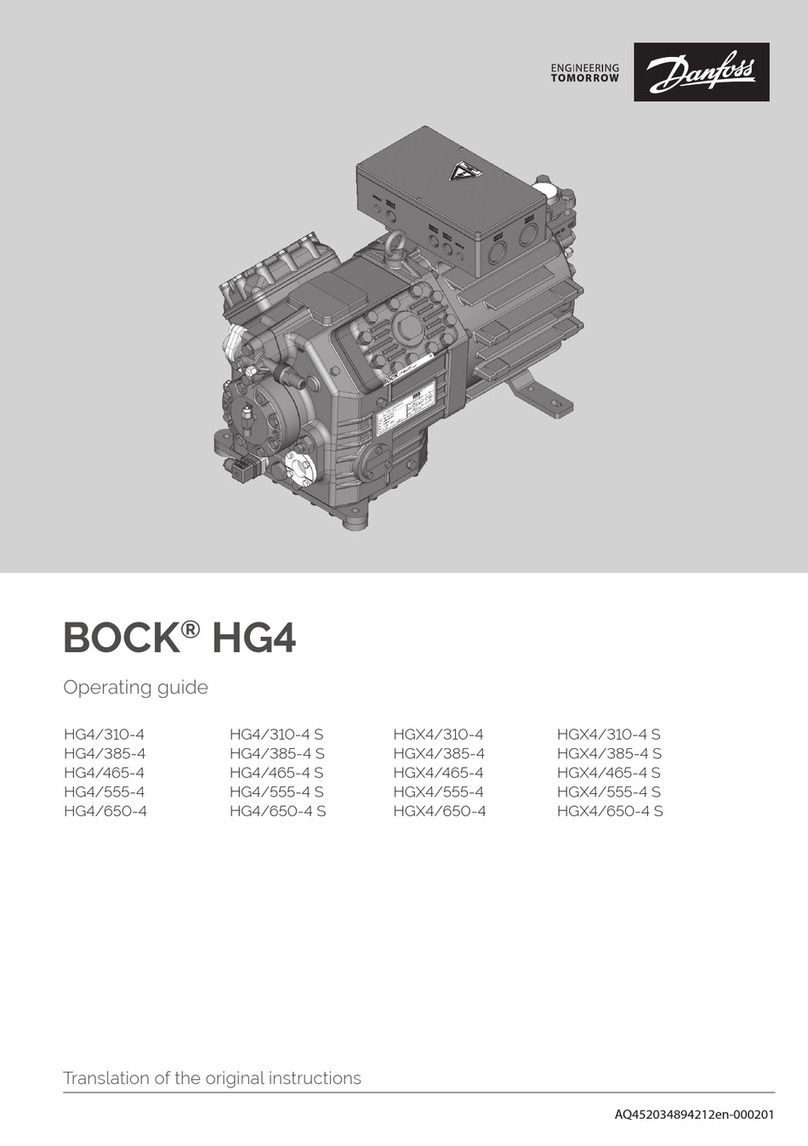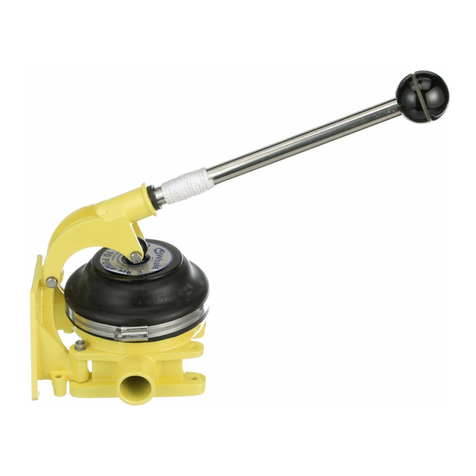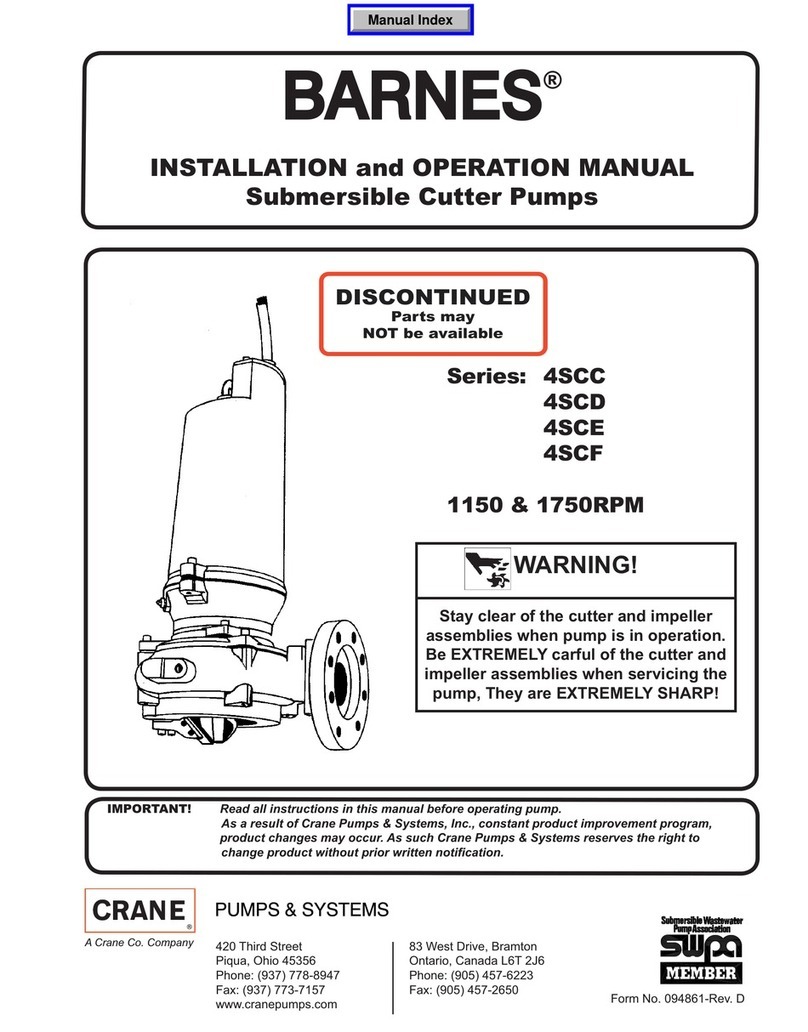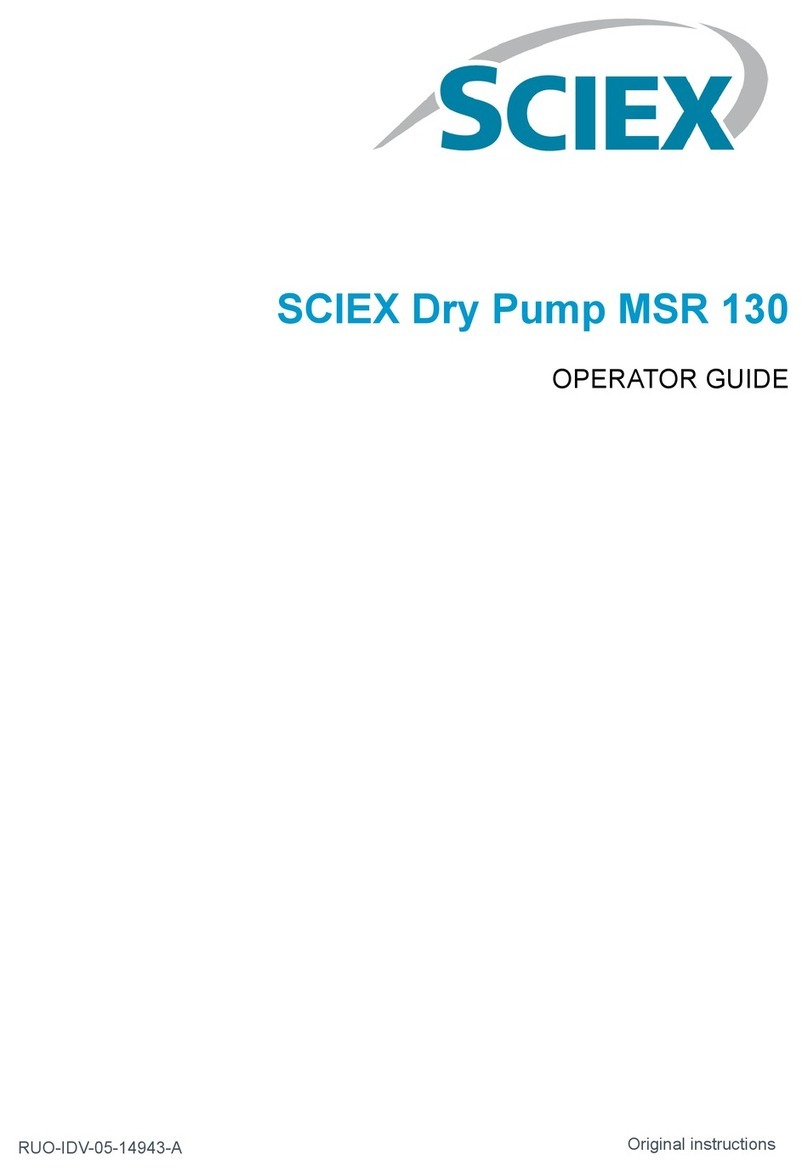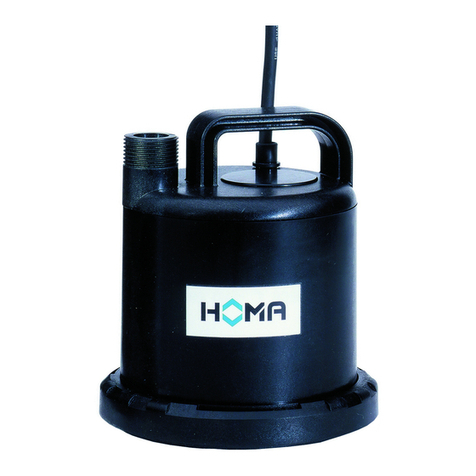
Page | 5
C. Adverse safety consequences of overloading on handling and stopping on
tires.
1.1 STEPS FOR DETERMINING CORRECT LOAD LIMIT – TRAILER
Determining the load limits of a trailer includes more than understanding the load limits
of the tires alone. On all trailers there is a Federal certification/VIN label that is located
on the forward half of the left (road) side of the unit. This certification/VIN label will
indicate the trailer’s Gross Vehicle Weight Rating (GVWR). This is the most weight the
fully loaded trailer can weigh. It will also provide the Gross Axle Weight Rating
(GAWR). This is the most a particular axle can weigh. If there are multiple axles, the
GAWR of each axle will be provided.
If your trailer has a GVWR of 10,000 pounds or less, there is a vehicle placard located
in the same location as the certification label described above. This placard provides
tire and loading information. In addition, this placard will show a statement regarding
maximum cargo capacity. Cargo can be added to the trailer, up to the maximum weight
specified on the placard. The combined weight of the cargo is provided as a single
number. In any case, remember: the total weight of a fully loaded trailer cannot exceed
the stated GVWR.
For trailers with living quarters installed, the weight of water and propane also need to
be considered. The weight of fully filled propane containers is considered part of the
weight of the trailer before it is loaded with cargo, and is not considered part of the
disposable cargo load. Water however, is a disposable cargo weight and is treated as
such. If there is a fresh water storage tank of 100 gallons, this tank when filled would
weigh about 800 pounds. If more cargo is being transported, water can be off-loaded to
keep the total amount of cargo added to the vehicle within the limits of the GVWR so as
not to overload the vehicle. Understanding this flexibility will allow you, the owner, to
make choices that fit your travel needs.
When loading your cargo, be sure it is distributed evenly to prevent overloading front to
back and side to side. Heavy items should be placed low and as close to the axle
positions as reasonable. Too many items on one side may overload a tire. The best
way to know the actual weight of the vehicle is to weigh it at a public scale. Talk to your
dealer to discuss the weighing methods needed to capture the various weights related
to the trailer. This would include the weight empty or unloaded, weights per axle, wheel,
hitch or king-pin, and total weight.
Excessive loads and/or underinflation cause tire overloading and, as a result, abnormal
tire flexing occurs. This situation can generate an excessive amount of heat within the
tire. Excessive heat may lead to tire failure. It is the air pressure that enables a tire to
support the load, so proper inflation is critical. The proper air pressure may be found on
the certification/VIN label and/or on the Tire Placard. This value should never exceed
the maximum cold inflation pressure stamped on the tire.






















